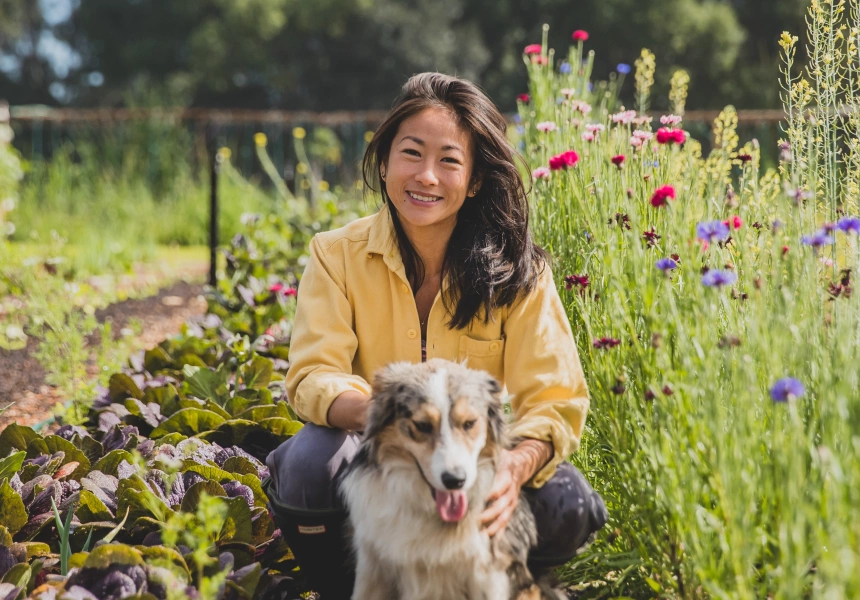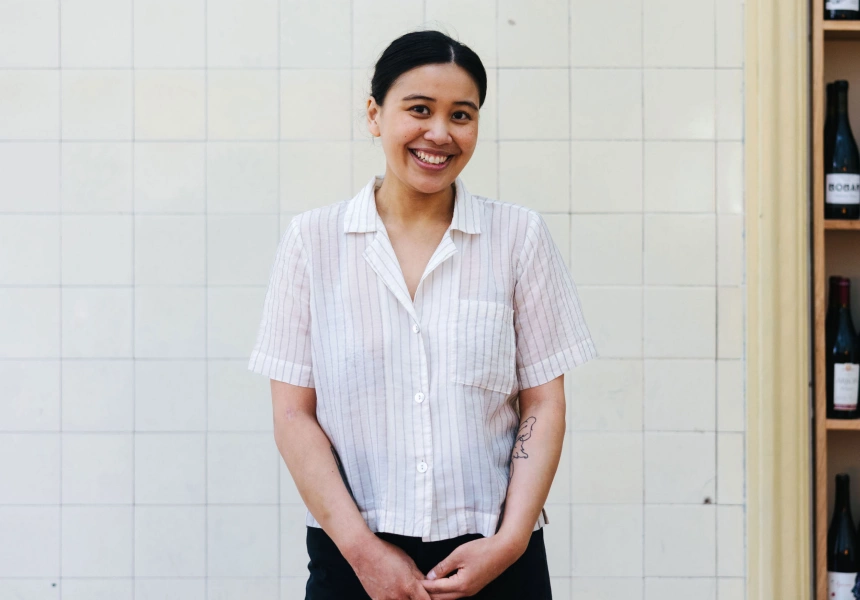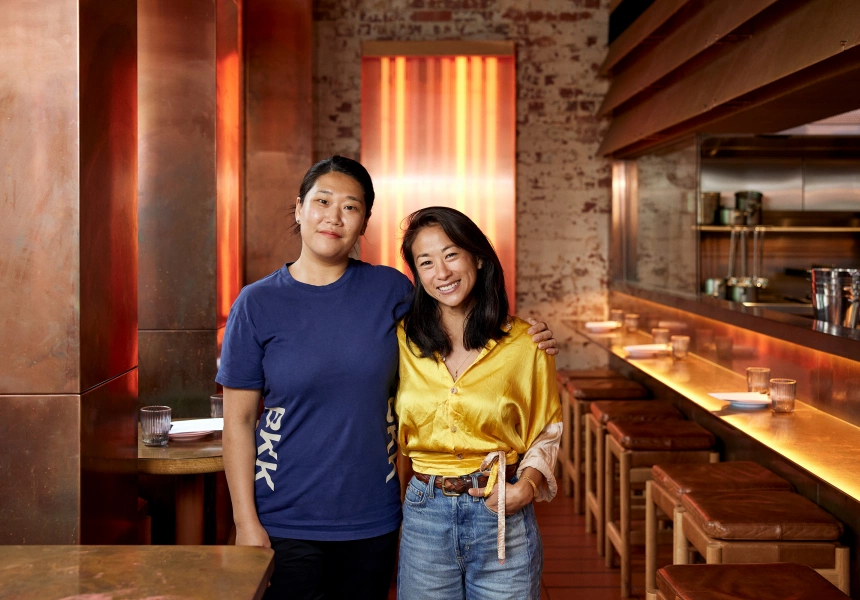Palisa Anderson fondly remembers visiting raarn khao dtoms (rice porridge shops) on childhood trips to Thailand with her late mother, Amy Chanta, a chef and restaurateur known for reshaping Sydney’s Thai culinary scene through her Chat Thai restaurant group.
“The dishes you find [at raarn khao dtoms] are notionally both Thai and Chinese in equal parts, with neither trying to dominate – much like my own ethnic heritage,” Anderson says.
On Sunday March 17 and Monday March 18, as part of the Melbourne Food & Wine Festival, the chef and farmer will collaborate with HQ Group’s Sungeun Mo to transform bustling Thai restaurant BKK into a raarn khao dtom.
Get the best of Broadsheet first with Today – our free newsletter. Our expert editors curate the day’s most interesting and useful stories – new restaurants, must-see exhibitions, fashion trends, travel spots and more.
SIGN UP“Many influences constructed modern Thai cuisine, but Chinese migration to Thailand has greatly impacted Thai culinary traditions,” Anderson says. The menu – which includes bowls of khao gtom (boiled rice) accompanied by side dishes like lobster with salted egg yolk, braised pork knuckle and blood jelly pahlo, and triple-cooked pork belly – explores the connections between the two cuisines. “This is a perfect example of Thai Chinese food to me,” she says.
Ahead of the BKK takeover, Anderson spoke with Sydney-born chef Stephannie Liu, of Abbotsford Convent diner Julie. The pair discuss cross-cultural food connections, the collab menu and Chanta’s lasting legacy.
The raarn khao dtom
Anderson: A proper raarn khao gtom is somewhere you go and get a very simple meal. In Thailand, it’s more a dinner and supper time food rather than a breakfast food. You’re usually coming in from a late night of work or a going out party; you’re usually quite hungover and you want to have some substance in your stomach.
Khao gtom is literally rice that’s boiled so it’s soft. You get this bowl and it’s usually very hot, and it’s just plain cooked down rice. In a raarn khao gtom you order all these things and get a whole bunch of little dishes. It’s like tapas, but with congee. Your table would be filled to the max and you’d be moving, constantly pushing things aside, because usually you’re in a large group.
Because a lot of it is of drinking food as well, it’s spicy. It’s not pretty food. I’ll try gussy it up, but I don’t know.
Ingredients and influence
Anderson: I love this series called Flavorful Origins on Netflix. It’s amazing. It’s region specific, and they break down the episodes into ingredients or a type of food. Not until I watched that series did it really dawn on me that so many things I thought were of Thai heritage were not at all – they have Chinese origins. So things like galangal – I really took it for granted that was a Thai ingredient – actually comes from the south of China, or there are variations of it there. There’s always going to be dispute about what came from where, but different people could have been using an ingredient around the same time doing similar things. And with people who would travel across boundaries and whatnot, they bring ideas, they bring flavours.
Liu: But that’s also where some of the best food comes from, this mesh of cultures and people. Immigrants making do with what they’ve found or bringing their own ingredients from home – that’s where the best food has evolved from.
Anderson: There’s a green papaya salad that has fermented rice noodles in it. That in itself is a Chinese influence. You think it’s distinctively, utterly Thai. But somewhere down the line a Chinese person has influenced that dish.
Liu: Oh, absolutely. My parents were born in Fiji and their parents were Chinese immigrants in Fiji. And even the food that they cooked was Chinese with these Fijian ingredients. So I don’t really know what real Chinese cooking is because I have this moulded version that is influenced by Fijian culture as well. It’s a hybrid cuisine.
Anderson: It’s basically all a matter of food on legs. And that’s where we are in Australia now – we’ve got this merging and marrying of Euro bistro food, Asian flavours and Asian pantry goods, and methods of fermentation that exist in lots of different countries.
Liu: We do it particularly well in Australia. The Asian influence in all chefs’ cooking, it’s undeniable here.
Legacy and change
Liu: Your mum was an icon of Thai culture in Australia. She opened these restaurants that were ahead of their time, and then they became some of the most beloved restaurants in Australia. How do you think restaurateurs can be better leaders, like your mum was?
Anderson: With my mum, she wanted to affect her local community – and then it reverberated. I think that’s how it starts. You just start by doing what you can. As a restaurateur, as a chef, as a cook or whatever, you just make your food delicious and that’s the invitation for people to come and eat. And with reputation and success – whatever you want to call it – comes a responsibility. And that can be said for any industry, in any community.
If you asked Mum, she would say, “I wasn’t the first person to do this.” A lot of it is about luck and timing, and she just happened to be in the right place at the right time and knew the right people to open those doors for her. But she also took it and turned it into something really good.
You have to be aware that those opportunities don’t come everybody’s way, and I think she was very aware of that. She was aware of being – I hate using banal terms, but she was a bit of a beacon. She was a beacon for me, and she was a beacon for a lot of people because she was just naturally a good person. She didn’t want to take advantage of the system. She didn’t want to take advantage of people. She truly just believed in feeding people good food.



